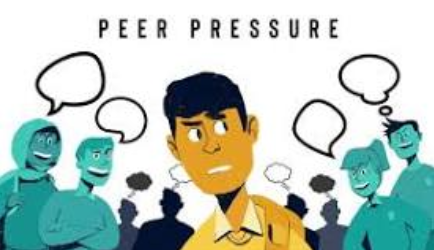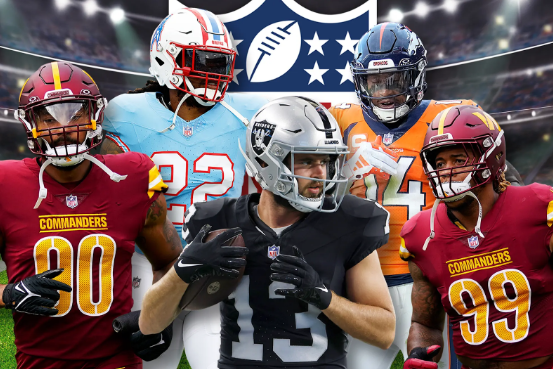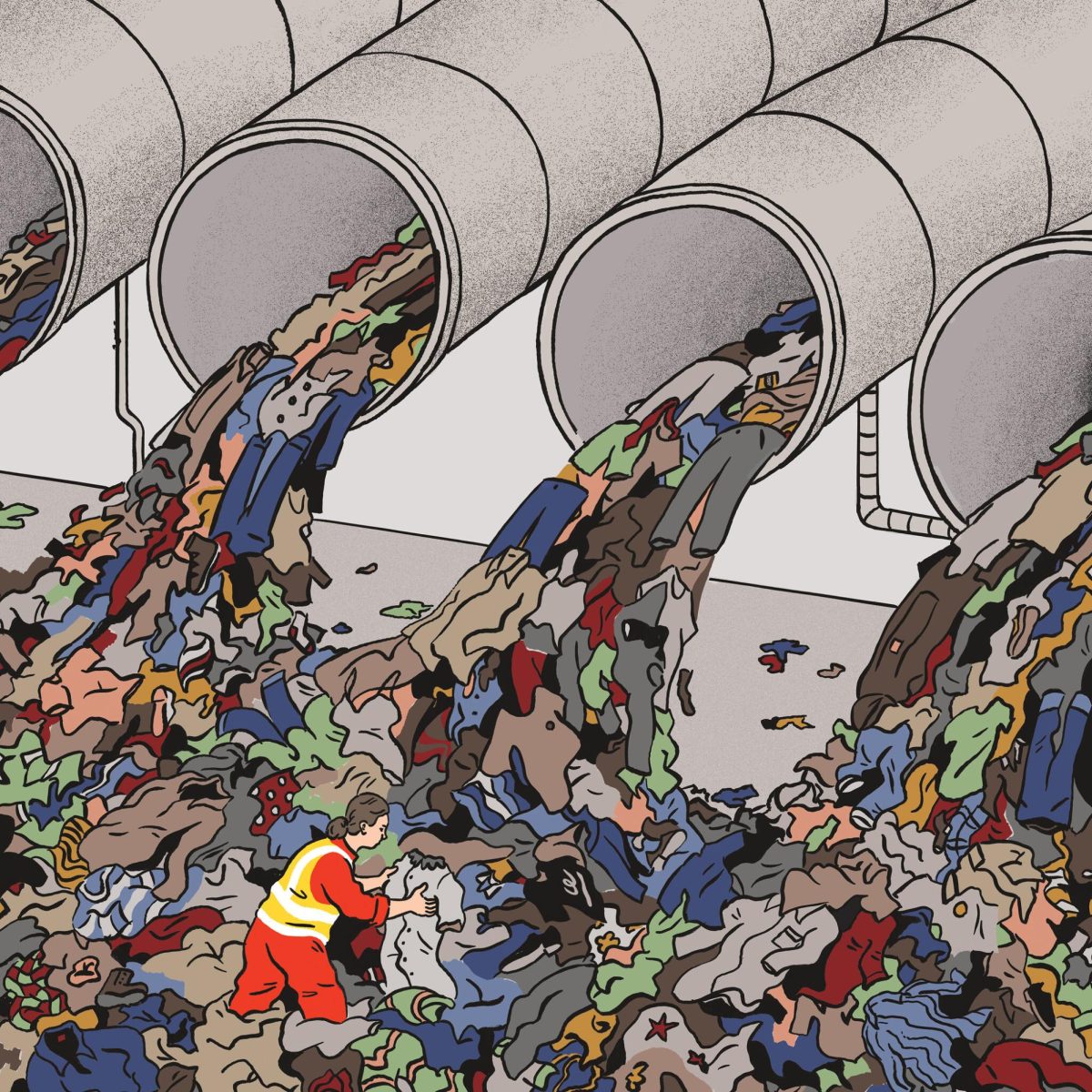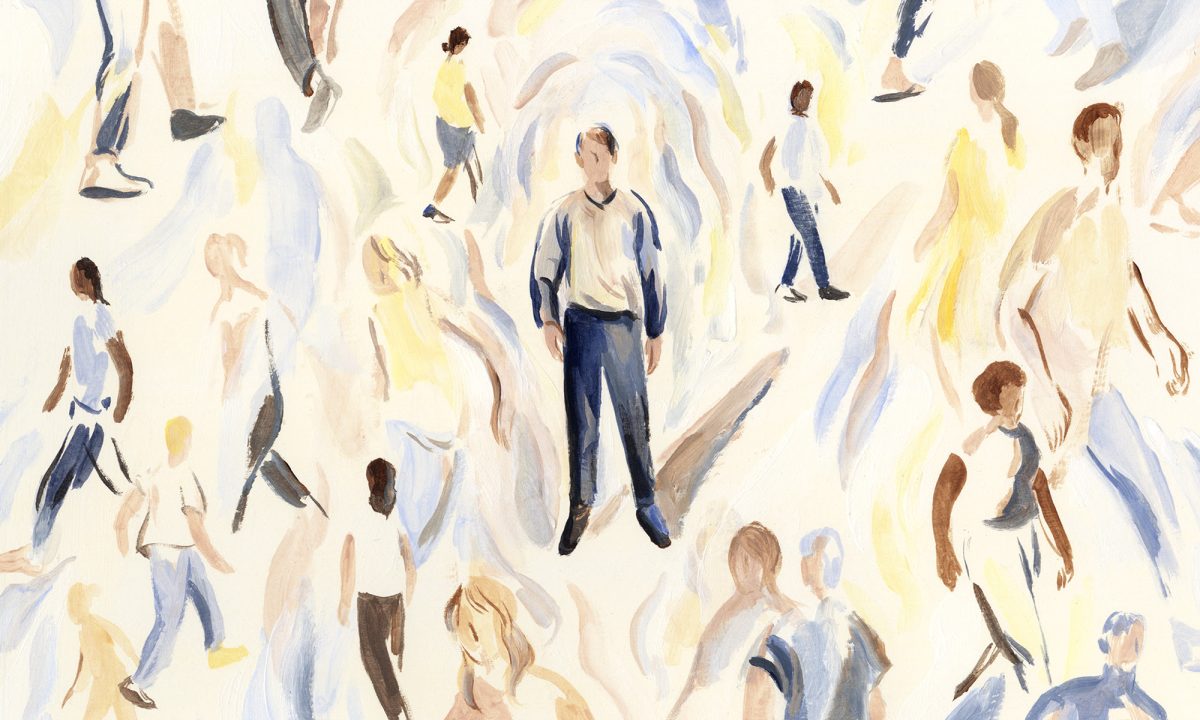Joel Embiid, once given the title as one of the most dominant players in the NBA, has experienced a noticeable decline in his recent season. Joel Embiid’s rise to prominence in the NBA was nothing short of spectacular. Drafted third overall by the Philadelphia 76ers in the 2014 NBA draft, Embiid quickly established himself as a force to reckoned with. His combination of size, skill, and agility made him a nightmare matchup for opposing teams. By the 2018-2019 season, Embiid was an MVP candidate, averaging 27.5 points, 13.6 rebounds, and 3.7 assists per game. However, the seasons that followed have been less kind to the Cameroonian star.
One of the primary reasons for Embiid’s decline has been his struggle with injuries. Throughout his career, injuries have been a persistent issue, but they have become more pronounced in recent seasons. From nagging knee problems to back issues, Embiid’s ability to stay healthy has been a significant concern. These injuries have not only limited his playing time but also affected his performance when he is on the court. The constant in-and-out of the lineup has disrupted his rhythm and chemistry with teammates, making it difficult for him to maintain the dominance he once displayed.
Moreover, the physical toll of these injuries cannot be understated. Embiid’s style of play, which relies heavily on his size and physicality, has made him more susceptible to wear and tear. As a result, he has had to adjust his game to avoid further injuries, which has, in turn, affected his overall effectiveness. The explosive dunks and aggressive post moves that once defined his game have become less frequent, replaced by a more cautious and perimeter-oriented approach.
Another factor contributing to Embiid’s downfall is the changing landscape of the NBA. the league has seen a shift towards a more perimeter-oriented style of play, with an emphasis on three-point shooting and pace. While Embiid has shown the ability to show from beyond the arc, his game is still primarily rooted in the post. This has made it challenging for him to adapt to the evolving style of the game, as teams are increasingly focusing on spacing and speed rather than traditional post play.
Additionally, the Philadelphia 76ers’ roster changes have played a role in Embiid’s recent struggles. The departure of key players and the constant shuffling of the roster have made it difficult for the team to build consistent chemistry. The lack of reliable supporting cast has put more pressure on Embiid to carry the team, which has taken a toll on his performance. The arrival of new coaches and systems has also required adjustments, further complicating the ability for him to find a consistent rhythm.
Off the court, Embiid’s mental and emotional state has also been a topic of concern. The pressures of being the face of a franchise and the expectations that come with it can be overwhelming. Embiid has been open about his struggles with mental health, and the toll it has taken on him. The constant scrutiny and criticism from fans and the media have added to the burden, affecting his confidence and focus. The mental aspect of the game is often overlooked, but it is a crucial component of an athlete’s performance.
Furthermore, the pandemic has had a significant impact on the NBA and its players. The disruptions caused by COVID-19, including the suspension of the season, the bubble environment, and the altered schedules, have affected players’ routines. Embiid, like many others, had to navigate these unprecedented challenges, which undoubtedly had an impact on his performance.
Moreover, the 76ers’ front office must prioritize building a cohesive and complementary roster around Embiid. Surrounding him with reliable shooters and playmakers can alleviate some of the pressure and create more opportunities for him to succeed.














